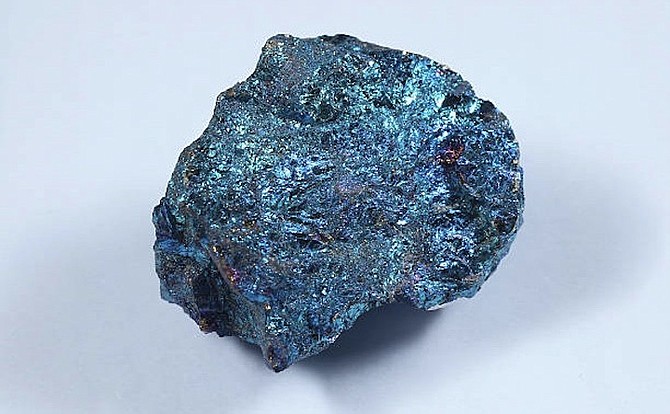ACTIVTRADES WEEKLY
By CARLO DE CASA
www.activtrades.bs
THE commodities scene has for generations been dominated by gold and oil but as travel and power move away from combustion engines and carbon-intensive sources in favour of greener alternatives, a collection of minerals known as rare earths are becoming increasingly influential and the potential cause of trading battles.
Rare earths are a group of 17 chemically similarly elements that are used in the manufacturing of a wide range of high-technology products and defence systems. Among them are neodymium and praseodymium, which have been thrust into the spotlight and seen a surge in demand given their use in the motors of hybrid and electric vehicles and also for wind turbines.
Despite their name, some of the elements are relatively abundant in the Earth’s crust, but are often in concentrations not high enough to make mining currently economically viable. China dominates the rare earth industry, accounting for just under 60 percent of global production in 2020, way ahead of the US in second place at just over 15 percent. The country is almost the sole player in processing of the ore from which these metals are attracted and this near monopoly has led to fears about the threat this poses to countries and companies long-term security of supply.
US President Joe Biden signed an executive order earlier this year directing a review of supply chains for critical materials while the US government is investing tens of millions of dollars to mine and extract rare earths themselves. In the UK, a recent foreign and defence review identified the reliance on rare earths as a security concern and said the country needed to diversify its supply of critical goods and establish agreements to keep trade in critical goods open in times of crisis.
But what does all this mean for the price of these highly sought-after elements?
The rare earths which are used in making magnets, such as neodymium, have seen prices surge in the last few months to the highest level for many years. This has mainly been driven by demand from the electric vehicle sector but also due to China introducing an export law in December which gives the government more control over the exports of technology and rare earths.
Gaining visibility on prices is challenging as the elements are not traded on public exchanges in the same way as other more established commodities such as oil and gold. Therefore the best way for an investor to gain exposure to these rare earths is via the mining companies. Again though this isn’t straightforward as the bulk of extraction being done in China by Chinese entities that aren’t publicly listed. US-listed MP Materials is the largest public rare earth miner followed by Australian miners Lynas Rare Earths Limited and Iluka Resources Limited, all three of which are trading at the top end of their multi-year price range.
Given the growing importance these elements are set to play in the world of tomorrow, it is likely that some of the current market opaqueness will recede as well as the dominance of one single player become challenged by other countries and companies investing in their own mines and processing operations.
One thing that is near certain is that we’re all going to start to hear a lot more about the likes of neodymium and praseodymium and these difficult to pronounce (and spell!) elements will soon roll of the tongues and keyboards of investors around the world.






Comments
Use the comment form below to begin a discussion about this content.
Sign in to comment
Or login with:
OpenID